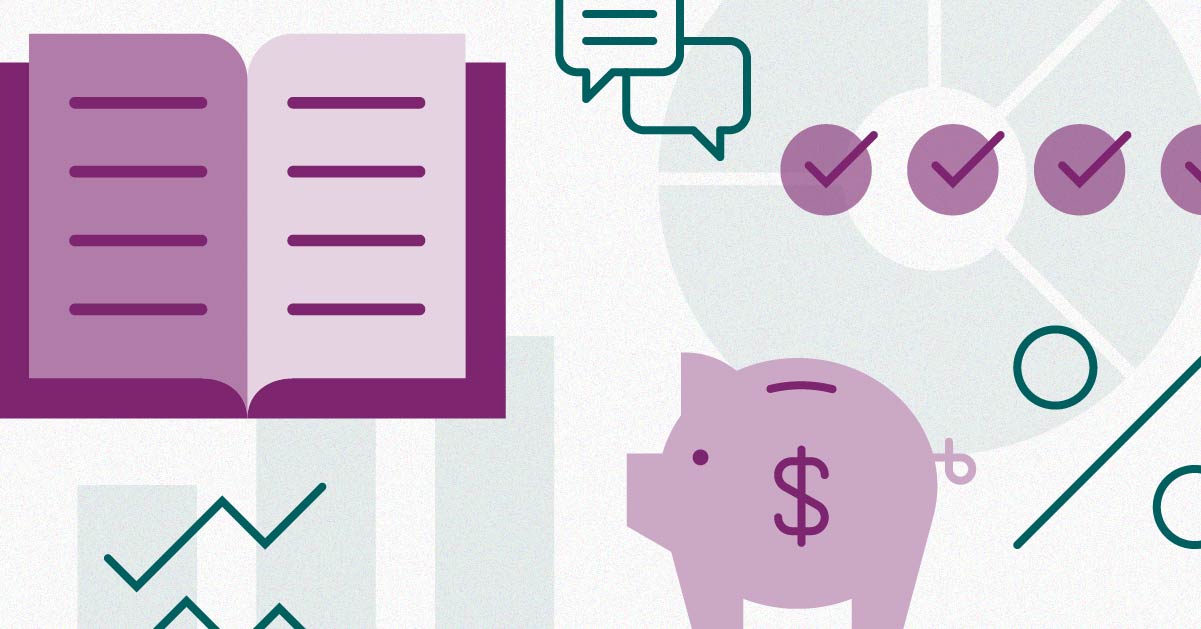
Owners of exchange-traded funds tend to be younger than the owners of other types of mutual funds, according to data from the Investment Company Institute. The typical ETF owner was 45 in 2021, versus 51 for owners of mutual funds.
While it’s hard to generalize about the motivations of large investor groups, it’s likely that older adults began their investing careers before exchange-traded funds were around and stuck with traditional mutual funds instead.
But as retirement approaches, many investors look at their portfolios with a fresh set of eyes and make adjustments accordingly, and ETFs may enter the picture. They may have rolled their assets out of an employer plan and into an RRSP, for one thing. More fundamentally, the portfolio that was geared toward growth in all of those working years is now being tasked with a different job: providing cash flows for living expenses in retirement. That necessitates changes to the portfolio’s asset allocation, which may in turn prompt changes to the underlying investments in the portfolio.
Of course, active funds can work well in retiree portfolios, too, provided they’re of the low-cost variety. My baseline Model Bucket Portfolios—geared toward people who are retired—include both actively managed and index funds. Yet, the more I work with in-retirement portfolios, the more I like ETFs and traditional index funds for the job, for the following reasons.
1) Index Funds and ETFs Lend Themselves Well to Cash Flow Extraction
Retired investors can employ one of two key tacks to extract cash for living expenses from their portfolios: an income-centric approach or a total return/rebalancing approach (or a combination of the two). The good news is that index funds and ETFs lend themselves well to either.
For income-centric retirees, the small fees that index funds and ETFs typically levy ensure that more of their dividends flow through to shareholders. It’s all but impossible for more-expensive products with similar mandates to generate a competitive yield without taking on additional risk. And while the original yield-focused index products often had embedded hefty sector bets, and paid for it during the financial crisis when banks slashed their dividends, the best dividend-focused index products today control for those biases.
For total-return-oriented retirees who are using rebalancing (trimming appreciated securities) to meet living expenses, index funds and ETFs also work well. That’s because index funds and ETFs are typically pure plays on a given asset class. That makes it simple to identify which assets need to be scaled back to deliver the retiree’s desired cash flow and restore the portfolio to its desired asset-allocation mix. Of course, in some market environments (see: 2022) even balanced portfolios may not yield sufficient rebalancing proceeds to fund living expenses. That’s where a Bucket strategy that entails an ongoing cash allocation can come into play.
2) Maintenance Is a Cinch
In addition to making it easy to extract cash flows, index funds and ETFs also stack up well in terms of limiting a retiree’s oversight obligations. That’s an important consideration given that many retirees have better things to do with their time than monitor the news flow related to their holdings. Yes, retirees employing index funds will need to keep tabs on their total portfolios’ asset-allocation mixes. But very little changes with most core-type index funds and ETFs on an ongoing basis. While a firm’s general indexing acumen is important, who’s actually managing an ETF or index fund is less important than is the case with actively managed funds. Index fund and ETF expense ratios are generally pretty stable, too; if anything, they’ve been trending down over the past decade. Finally, because index funds don’t make active bets, investors employing total market index products will generally obtain decent sector and Morningstar Style Box exposure. Such investors will still need to oversee their overarching asset-class exposure, but they won’t need to micromanage smaller-bore portfolio bets.
3) It’s Not Hard to Control a Portfolio’s Risk Level With Index Funds and ETFs
Many retirees prize risk controls, and one comment I sometimes hear of ETFs that they’ll earn their keep in down markets. Ian Tam examines well-rated Canadian ETFs here with strong long-term returns at a fraction of the cost of mutual funds. Perhaps an even more important point is that even though mild-mannered funds can help lower a portfolio's overall risk, the most dependable way to move the needle on a portfolio's volatility level—and indeed its potential for real losses—is by adjusting the stock/bond mix, not the underlying holdings.
4) The Tax Efficiency Stakes May Be Higher
Taxes are another area where the advantage accrues to index funds and ETFs in retirement. While bond index funds and ETFs have no great tax advantages relative to actively managed bond funds, equity index funds and especially ETFs are incredibly tax-efficient relative to their actively managed counterparts. Of course, managing for tax efficiency is important at every life stage, but it's arguably most important in retirement. For one thing, investors' portfolios are often at their largest right before and during retirement; the share of the portfolio parked in taxable accounts is also apt to be highest at that life stage.
5) A Lower-Return Portfolio Cries Out for Low-Cost Products
Finally, low-cost products make a ton of sense in retirement simply because holding more cash and bonds will tend to lower a portfolio’s return potential; keeping expenses low helps ensure that a higher share of the returns flows through to the investor. Assume a retirement portfolio consists of a 10% cash position and 40% in bonds and 50% in stocks and earns 5% on an annualized basis over the next decade. If an investor pays 0.75% in asset-weighted expenses on such a portfolio, her return shrivels to 4.25%; she has ceded 15% of her gains. But if she’s able to limit expenses to 0.10% per year, her take-home return is 4.90% and she has surrendered just 2% of her return. As Vanguard founder Jack Bogle put it, you get what you don’t pay for, and not paying for investments is especially important when returns aren’t especially high to begin with.




















